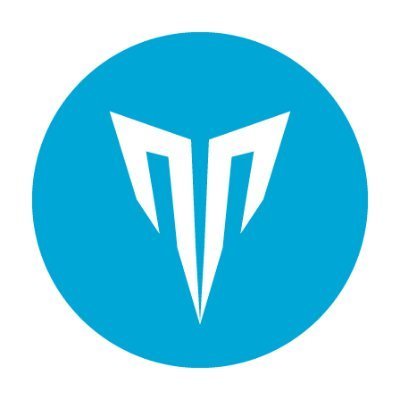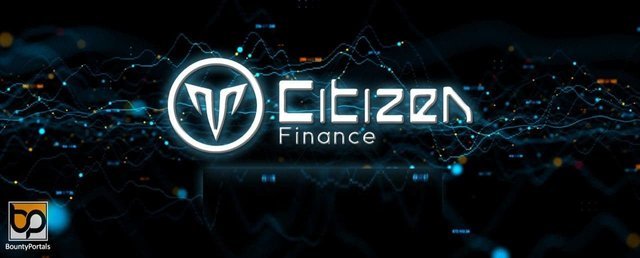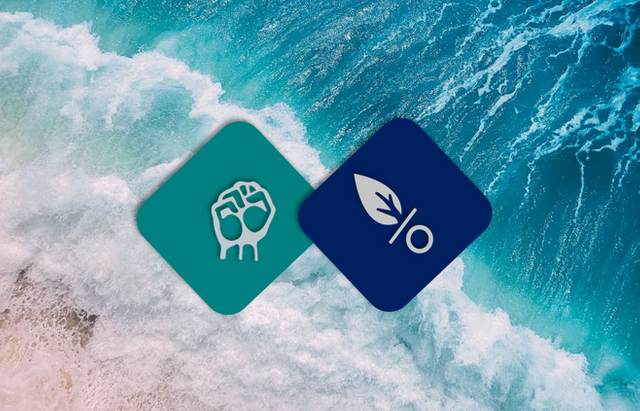Ins and Outs of Citizen Finance that One must have to know
Citizen Finance is a blockchain based First Person Shooter with support for NFT. Experience an action-packed adventure as you journey through occupied districts of Meta City, building up your own bunker and defeating the aliens.
Citizen Finance is an introduction to GameFi and true ownership of in-game assets. While acting as a bridge between the world of traditional gaming and blockchain, Citizen Finance will create a platform where players are the true owners of their in-game assets, they can stake it, resell it, gift it or simply use it as collateral.
Right to property is often classified as a human right which gives every citizen the right to own property purchased using their own fund. Property can include real estate, autos, and in our case virtual properties like in-game assets. The main property rights are;
• Right of Control
• Right of Possession
• Right of Exclusion
• Right to Derived Income
• Right of Disposition
To date, one of the most prominent problems in the traditional video gaming industry is denial of property rights when it comes to in-game assets. Players are not the true owners of their in-game assets even if they had purchased it with in-game currency which in turn was purchased with fiat currency. What they can do with the asset is limited to the utilities of the game. The player lacks true control of their assets, can not derive income from it, and also can not dispose of it.
Citizen Finance will be introducing new concepts and utilities for in-game assets using blockchain technology
What is Blockchain Technology
A blockchain is a growing list of records, called blocks, that are linked using cryptography. Each block contains a cryptographic hash of the previous block, a timestamp, and transaction data (generally represented as a Merkle tree). By design, a blockchain is resistant to modification of its data. This is because once recorded, the data in any given block cannot be altered retroactively without the alteration of all subsequent blocks.
For use as a distributed ledger, a blockchain is typically managed by a peer-to-peer network collectively adhering to a protocol for inter-node communication and validating new blocks. Although blockchain records are not unalterable, blockchains may be considered secure by design and exemplify a distributed computing system with high Byzantine fault tolerance. The blockchain has been described as "an open, distributed ledger that can record transactions between two parties efficiently and in a verifiable and permanent way".
The invention of the blockchain for bitcoin made it the first digital currency to solve the double-spending problem without the need for a trusted authority or central server. The bitcoin design has inspired other applications and blockchains that are readable by the public and are widely used by cryptocurrencies. The blockchain is considered a type of payment rail.[6] Private blockchains have been proposed for business use but Computerworld called the marketing of such privatized blockchains without a proper security model "snake oil".However, others have argued that permission blockchains, if carefully designed, may be more decentralized and therefore secure in practice than permissionless ones.

A blockchain is a decentralized, distributed, and oftentimes public, digital ledger consisting of records called blocks that is used to record transactions across many computers so that any involved block cannot be altered retroactively, without the alteration of all subsequent blocks. This allows the participants to verify and audit transactions independently and relatively inexpensively. A blockchain database is managed autonomously using a peer-to-peer network and a distributed timestamping server. They are authenticated by mass collaboration powered by collective self-interests. Such a design facilitates robust workflow where participants' uncertainty regarding data security is marginal. The use of a blockchain removes the characteristic of infinite reproducibility from a digital asset. It confirms that each unit of value was transferred only once, solving the long-standing problem of double-spending. A blockchain has been described as a value-exchange protocol. A blockchain can maintain title rights because, when properly set up to detail the exchange agreement, it provides a record that compels offer and acceptance.
Logically, a blockchain can be seen as consisting of several layers:
• infrastructure (hardware)
• networking (node discovery, information propagation, and verification)
• consensus (proof of work, proof of stake)
• data (blocks, transactions)
• application (smart contracts/dApps, if applicable)
Blockchain technology has enabled some games to introduce true ownership of in-game assets but the utility for this new concept is still small and has no real impact in the industry. This will be truly a successive platform for Citizen Finance.
Hashtags : #citizenfinance, #nft4fps #nft4XR #cifipowa #metacity #gamefi #citizens #cifi #defi #ciphi #bsc #blockchain #ownership @Citizen Finance
Official links for more information,
Web : https://citizenfinance.io
Twitter: https://twitter.com/citizen_finance
Whitepaper: https://docs.citizenfinance.io
Telegram: https://t.me/Officialbountyportals
Medium : https://medium.com/@citizen_finance
Authorship
BitcoinTalk username : jorina_006
My Bitcointalk Profile Link : https://bitcointalk.org/index.php?action=profile;u=2171158
ETH (BEP20 - BSC - Bianance Smart chain) address: 0xe2fDd295E95D81649D336d707C0191D5464d08C9

